In other words, 40 pounds of fresh bananas will shrink down to what total space after dehydrating them? The short answer is 7-9 quarts. Around the volume of two gallons, give or take a quart.
It's hard to tell exactly because of a few factors. The first is that a box is rarely exactly 40 pounds. It's usually a little bit more, and sometimes a few pounds more.
The second is that it depends on how many bananas get eaten before they're tucked away for later. That could mean some were eaten fresh, some were made into banana bread, some were used in smoothies, and-- the easiest way to have a bunch disappear-- some (or many) were eaten after drying but before you whisked them away.
In my case, my family started with three boxes.
Yes, that's one hundred-twenty pounds. Or a few more.
Why?
Simple.
We love them-- they're great for snacks, car trips, and packed lunches; they store well for a year (or a few); I hadn't seen any cases at a good price for a long time; and our dried banana stash was getting low. Low-ish. AND-- this is important-- my neighbor who ran across them called from the store asking if I wanted any slightly-overripe bananas. For $3 per box. (No, that's not a typo.) Since my family was leaving town the next day, I said yes, to two boxes. One for me-- we could get them sliced and on trays that night, and dried just in time to leave town-- and one for my sister in Idaho, which is where we were going. (She dehydrates, too.)
The next week, I was at that store again -- with my kids begging to look for more because those fresh dried bananas were SO GOOD. Sure enough, they still had lots. The now more-overripe bananas were $1 per box.
Perfect. Buy food when the store wants it OUT, and FAST. And use or preserve it quickly.
From that 3 boxes, here's what our yield was:
- 18 quart jars tucked away, plus at least a jar or two’s worth eaten by my kids as they helped,
- 2 (12x18) trays of banana bars (one regular, with caramel icing, the other were chocolate banana bars, with chocolate icing)
- one 11x15 pan of gluten-free banana bars (all the bars were for a youth dance)
- three loaves of banana bread,
- two loaves of gluten-free banana bread
- 1-2 pounds of bananas frozen in ziplock bags, for future smoothies
How can the bananas get dried before they get too ripe? Well, not all of them did. That's why there was so much banana baking going on. When we got to that last box, if something was too ripe, or bruised, it got tossed into the bake-with-it bowl, to be mashed.
In addition, I have two large dehydrators, with 12 trays each. (They were much cheaper when I bought them!) A 40-pound box of bananas, sliced, fits nearly perfectly on those 24 trays. It takes the dehydrators about a full day to dry them.
How did I get 12 trays each, when they come with only 8? You can buy extra trays, but they’re about $12 apiece (sold in packs of 2).
That's not how I got them.
My first dehydrator was the same type and size. That one was purchased through the local classifieds for $25. It still works, but the new ones are a little more powerful, so the old base is in the basement, on standby just in case it’s needed.
Also notice, in the photo at the top of this post, that when I say "quart jars," it doesn't necessarily mean canning jars. Oh no. These jars just need to be airtight. I use cleaned-out mayonnaise jars and pasta sauce jars too. If you're a canner, you've likely learned that if the rim of a jar gets chipped, that often prevents the canning lid from sealing properly. My solution now is to write a big X on the jar with a Sharpie, and use that jar ever after only for dehydrated foods. Waste not, want not.
Or at least 'want less.'


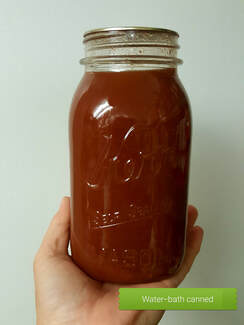
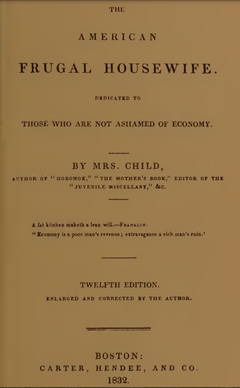
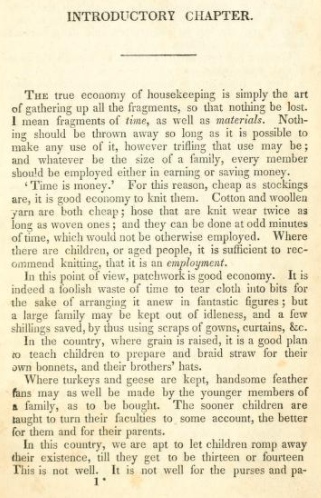


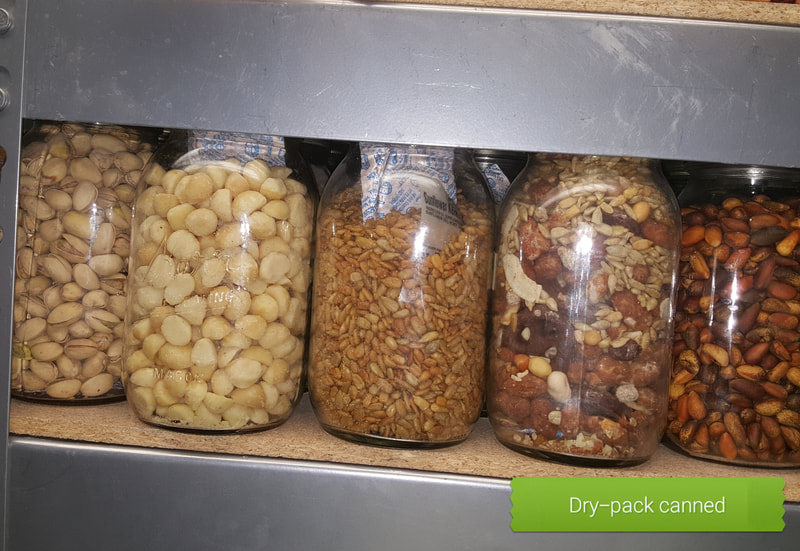
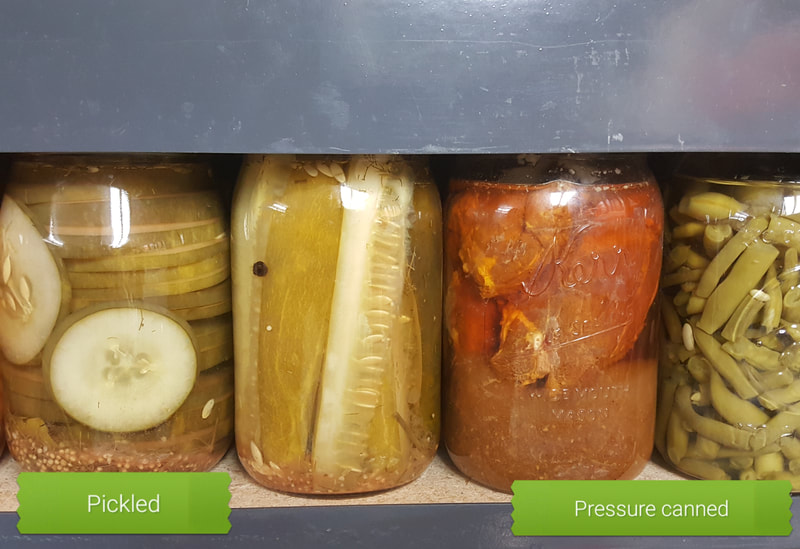
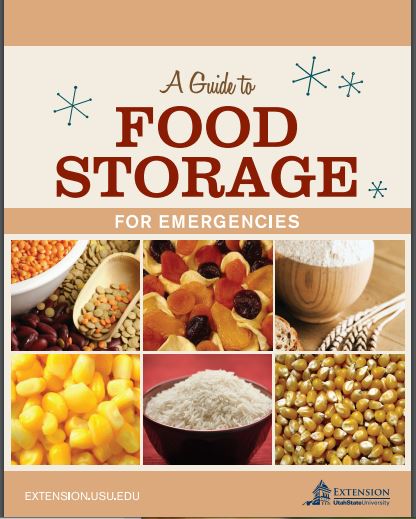
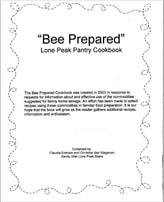
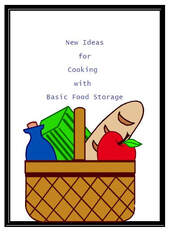
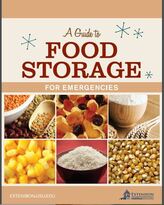
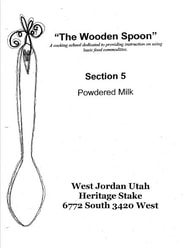
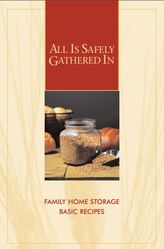
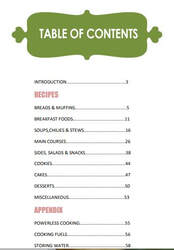
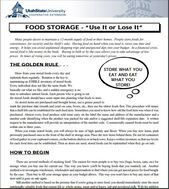
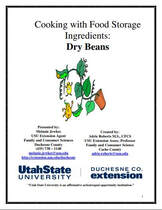
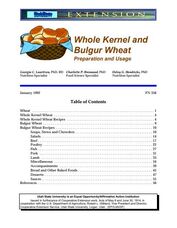
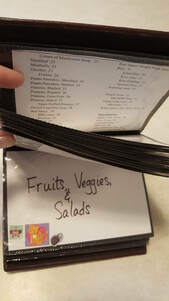
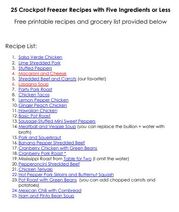
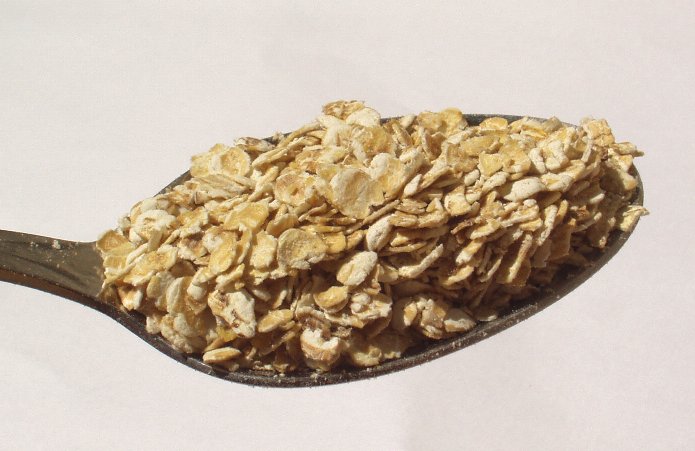




 RSS Feed
RSS Feed